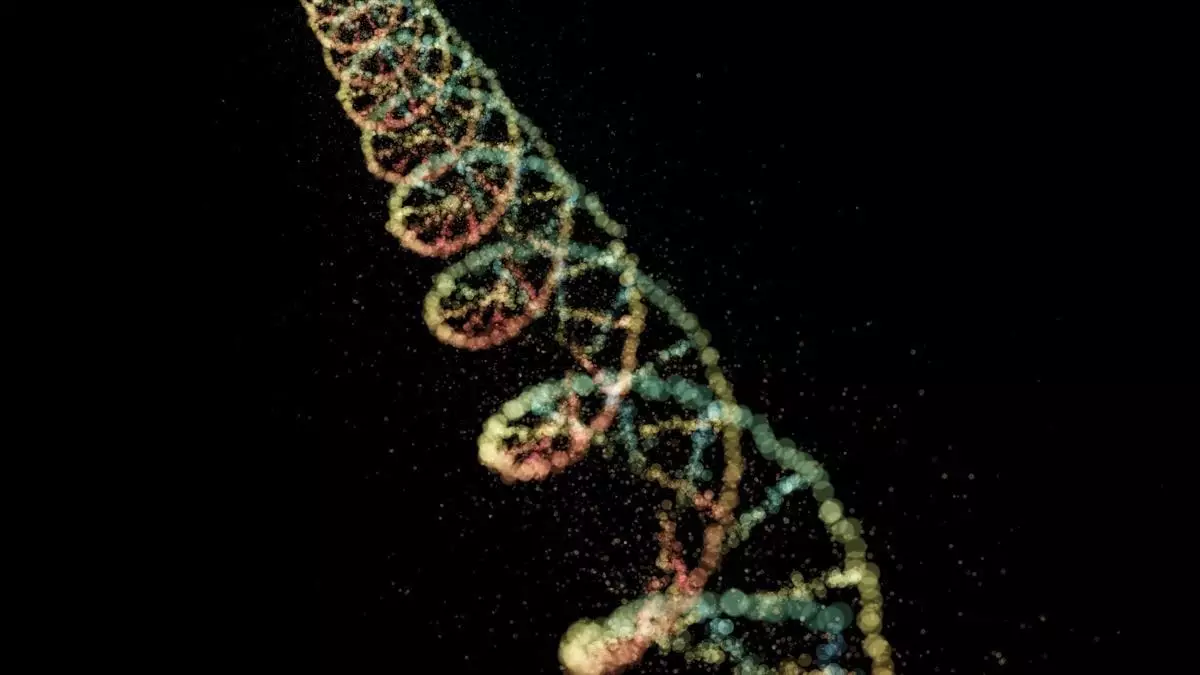As the quest for understanding the mechanisms of biological aging intensifies, a groundbreaking study has emerged that potentially links genetic mutations with epigenetic alterations. Published in the journal Nature Aging on January 13, this research is poised to reshape our approach to aging, challenging established notions and presenting new avenues for longevity science. By illustrating the relationship between DNA mutations and the epigenetic clocks—tools that measure biological age—scientists are uncovering the complex dynamics that govern aging at both genetic and molecular levels.
Aging has long been associated with various biological markers, with DNA mutations standing out as a prevalent factor influencing age-related diseases, notably cancer and neurodegenerative disorders. These mutations can occur due to several reasons, including replication errors during cell division, environmental stressors, and a gradually decreasing efficacy of DNA repair mechanisms. While these mutations have been linked to undesirable health outcomes, they do not alone provide a full picture of the aging process. The unique aspect of this study is its focus on how these mutations might instigate epigenetic changes that also contribute to biological age.
Epigenetics refers to modifications in gene expression without changes to the underlying DNA sequence. One significant aspect of epigenetic research involves “epigenetic clocks,” which utilize specific DNA markers to estimate an individual’s biological age. The implications of these clocks are vast, as they offer a potential method for evaluating health risks and monitoring the effectiveness of anti-aging interventions. The study posits a fascinating interaction wherein genetic mutations influence the markers tracked by these epigenetic clocks, leading researchers to consider whether epigenetic changes are merely byproducts of aging or active regulators of this complex process.
The investigation reveals a significant correlation between random mutations in DNA and corresponding epigenetic modifications. Dr. Steven Cummings, the Executive Director of the San Francisco Coordinating Center, emphasizes that mutations at specific DNA sites lead to notable epigenetic changes, triggering cascading genomic effects. Supporting this, Professor Trey Ideker from the University of California, San Diego, notes an observable loss of DNA methylation at mutation sites, which extends beyond the directly affected areas, indicating a ripple effect across the genome.
Despite these insightful findings, the precise mechanisms governing these relationships are still not fully understood. The team proposed that genetic mutations might serve as primary catalysts of biological aging, while the resulting epigenetic alterations may reflect this aging process rather than initiate it. This hypothesis, if confirmed, poses unique challenges for the field of anti-aging research, as addressing genetic mutations would require more intricate and potentially challenging approaches than merely modifying epigenetic markers.
While the impact of this study is significant, experts caution that further research is imperative to corroborate these findings. The current data predominantly stemmed from cancer patients, prompting questions about the applicability of these results to healthy individuals. Longitudinal studies that examine both genetic and epigenetic transformations over time are essential in establishing a clearer understanding of their interrelationship with aging.
Moreover, conducting laboratory experiments to induce specific mutations in cell cultures could provide valuable insights into subsequent epigenetic consequences. This research could potentially enhance the precision of epigenetic clocks, offering a better approximation of biological age and ultimately revolutionizing health assessments and longevity strategies.
The intertwining relationship between genetic mutations and epigenetic changes presents a promising avenue for understanding biological aging. As the field continues to evolve, the need for a holistic perspective that encompasses genetic, epigenetic, and environmental factors will be crucial. The insights gained from ongoing research could not only refine our understanding of aging but also pave the way for innovative treatments and preventive measures aimed at promoting longevity and overall health. With the intricacies of aging becoming unveiled through such studies, the future of gerontology may see a paradigm shift in how we comprehend and address the aging process.


Leave a Reply